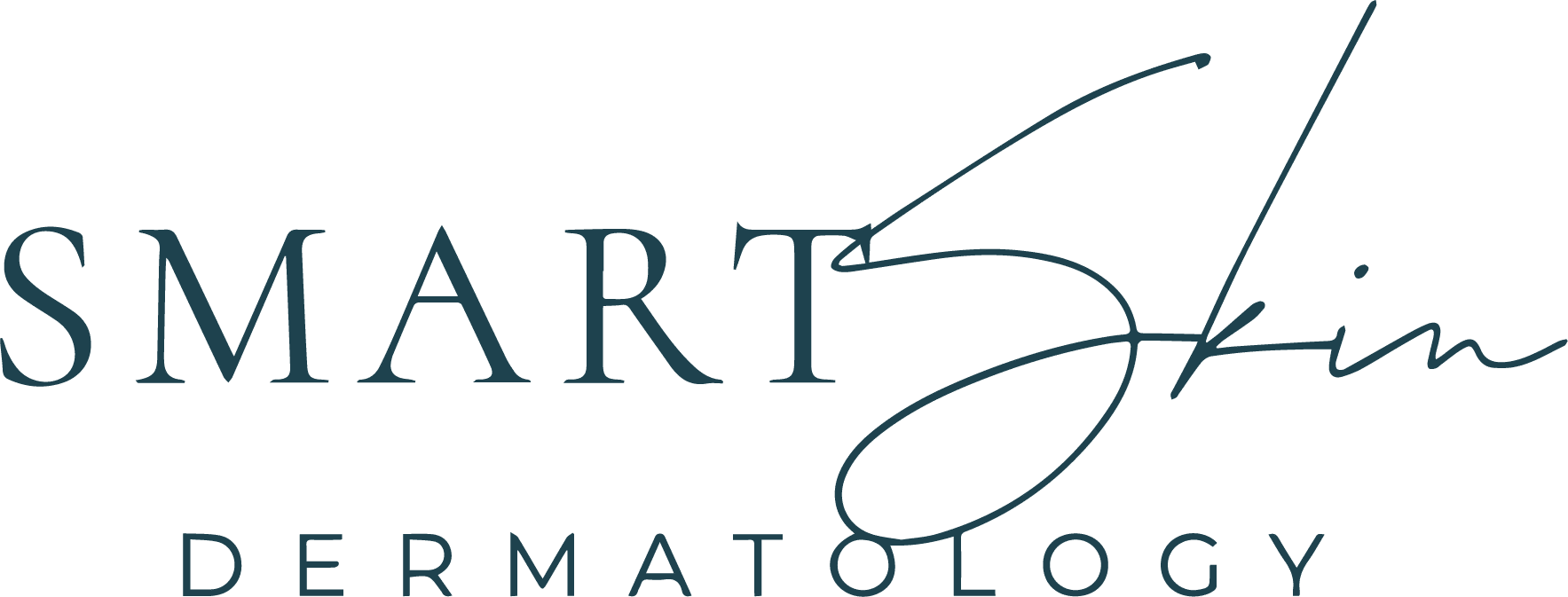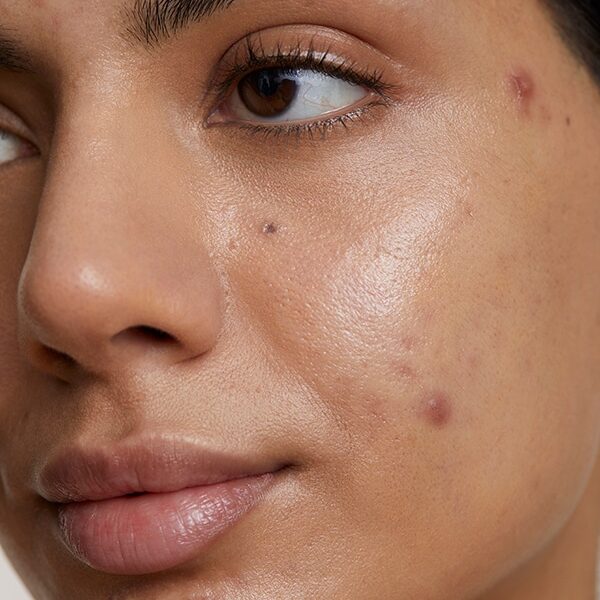Microneedling in Lehi, Utah
What is Microneedling?
Schedule a consultation:
MD Consult
- Ideal for:
- Patients wanting the best of the best
- Complicated, advanced, or non-responsive cases
- Patients who simply prefer a doctor
- CO2 resurfacing, liposuction, surgical alternatives
- Not Ideal for
- Weight loss injections, derm clean ups, facials
Cosmetic Consults
- 30 minute (double length) visit
- Baseline "before" photos
- Advanced Trueskin Age® analysis
- Goal setting & history intake
- Evaluation and treatment plan
- Pricing & education
Nurse Consult
- Ideal for:
- Patients who prioritize price
- Weight loss injections, derm clean ups, facials
- Accessibility
- Not Ideal for:
- Patients who simply prefer a doctor
- CO2 resurfacing, liposuction, surgical alternatives
Why choose us for your Microneedling treatment
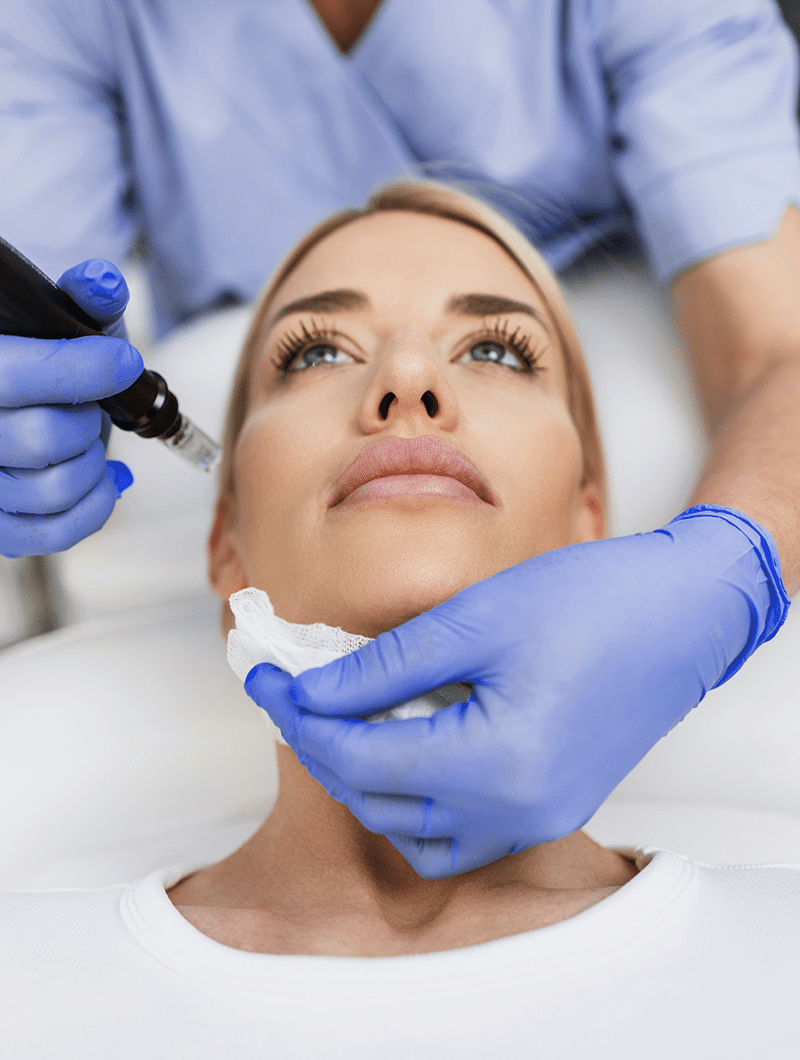
-
Needle depth matters
Utah legislation puts a strict limit on the depth to which certain licensed professionals can go with microneedling. Results lie deeper than most spas are licensed to go. Trust our medical professionals to get you to your desired outcome.
-
FDA Compliant
Microneedling has been through a lot behind the scenes. It has been reclassified twice and remains one of the most abused technologies in this space. Infections and dull needles are not worth saving a few bucks. We have navigated the legal dilemmas of this treatment and only offer FDA-approved solutions.
-
Microneedling vs. other resurfacing
We want patients for life, not for one round of treatment. This means we won’t sell you on hopes and dreams. Seeking out cosmetic intervention is hard enough without the car salesman approach.
-
Dermatologists are the best
We know everything there is to know about skin. This allows us to go beyond what can be achieved at a spa or plastic surgeon’s office, to give you the best recommendations to meet your goals.
-
Transparency
We want patients for life, not for one round of treatment. This means we won’t sell you on hopes and dreams. Seeking out cosmetic intervention is hard enough without the car salesman approach.
Frequently Asked Questions
- Does microneedling hurt? We minimize discomfort with numbing and cooling, and most patients report the sensation as tolerable.
- How long does it take to see results? You'll notice an improvement in tone and texture within days, with continued progress for weeks and months.
- How many sessions do I need? The number of sessions depends on your concerns, typically ranging from 3-5.
- Is it safe for all skin types? Microneedling is safe for most skin types, but a consultation is crucial to determine the best approach for you.
- Will it scar? Scarring is extremely rare with microneedling, thanks to its precise targeting and gentle technology.
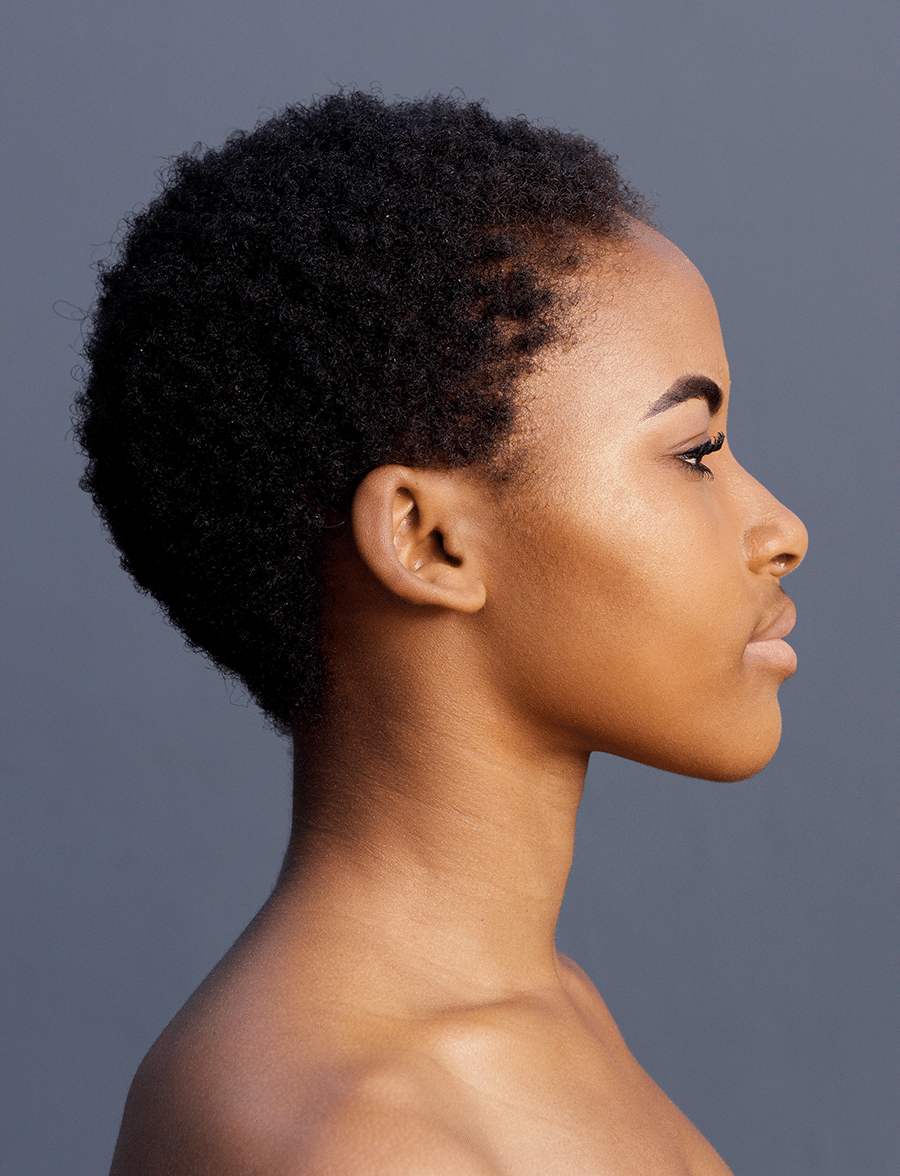
microneedling Treatment Areas
Face
Neck & Décolletage
Hands
Body
microneedling Treatment Targets
Wrinkles & Fine Lines
Acne Scars
Large Pores
Preventative & Aging Gracefully
Post-Treatment Care
Sun protection
Wear SPF 30+ sunscreen daily to protect your rejuvenated skin.
Gentle cleansing & moisturizing
Use a gentle cleanser and moisturizer suitable for your skin type.
Hydration
Stay hydrated to support your skin's healing process.
Avoid picking
Resist the urge to pick at scabs or imperfections, as this can lead to scarring.

Similar treatments on the market:
- RF Microneedling. Most devices don't actually reach a depth in the skin where the RF energy can do its intended collagen building. RF energy is one of the most temperamental energies in aesthetic medicine. It does work, however it has to be applied to very specific endpoints, which only a few devices actually achieve. Most RF Microneedling devices are just microneedling treatments.
- At-home Microneedling rollers. Do not use these! We recommend bargain options when they work; we don’t say this for our personal gain. At-home microneedling rollers are different in depth, angle and speed that cannot be controlled. Their design creates tears in the skin instead of controlled channels. They also are notorious for causing infections regardless of how well you clean them, unless of course you happen to have an at-home autoclave.
- CO2 Laser. There is a pretty dramatic difference between a CO2 laser and microneedling. This is like comparing a racecar to a sedan. Microneedling will be great for addressing texture alone but does not treat everything a CO2 laser does.
- IPL Photofacial. An IPL is not really a comparison but worth including due to so much misunderstanding from misleading marketing out there. Simple explanation is that an IPL treats pigment only and microneedling treats texture only.
- Frax / Pico Resurfacing. If microneedling is the opposite of an IPL. Then a Frax / Pico resurfacing is like an IPL + Microneedling. These two will do both texture and pigment.
- Chemical Peel. Chemical Peels are also not really comparable. There is a lot of talk about Chemical peels but they simply don't deliver when it comes to texture. No real textural improvement will be seen in comparison to microneedling.
